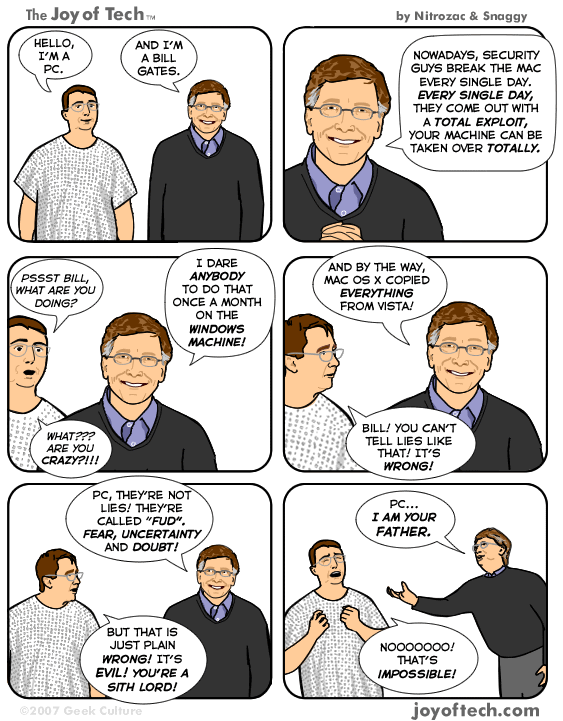 Many friends of mine have got plans to have a baby in the Chinese New Year starting 2/18.
According to Chinese Zodiac, this will be the Year of Pig, which is considered a "lucky" year --- although I still struggle to understand the profound link between "pig" and "lucky". What makes THIS pig year especially special is that most people believe this is the once-every-60-year "golden pig", so child born this year is going to be both "lucky" and "rich", or so it seems.
Many friends of mine have got plans to have a baby in the Chinese New Year starting 2/18.
According to Chinese Zodiac, this will be the Year of Pig, which is considered a "lucky" year --- although I still struggle to understand the profound link between "pig" and "lucky". What makes THIS pig year especially special is that most people believe this is the once-every-60-year "golden pig", so child born this year is going to be both "lucky" and "rich", or so it seems.
Okay, a bit of Feng Shui lessons here: In Chinese Astrology system, there are two separate yet equally important cycles: the five elements, which include gold, wood, water, fire and earth (No,
Leeloo, the girl who saved the world, isn't one of them...), and the twelve animals: rat, ox, tiger, rabbit, dragon, snake, horse, sheep, monkey, rooster, dog and pig. And these are their stories... Each year is assigned one element from the five and one animal from the twelve, hence on a 60 year rotation.
Naively, I thought this is the year when "gold" and "pig" come togather. However, according to the methodology described
here. The actual combination is going to be "fire" and "pig". So it's really a "
flaming pig" year (we are just one step short from "
roast pork" here). I couldn't quite figure out where "golden pig" came from. There are some references to some historical events in the
Tang Dynasty, but these aren't very significant by themselves.
That, however, doesn't stop the new year from becoming a baby booming year. The chart in
this article on Economist might give an idea as what a spike we can expect (the last baby boom was in 2000, when people rushed for the
Millennium Babies).






 Finally got my hands on a
Finally got my hands on a  Many friends of mine have got plans to have a baby in the Chinese New Year starting 2/18.
According to
Many friends of mine have got plans to have a baby in the Chinese New Year starting 2/18.
According to 

 I have been looking for a decent upscaling DVD player for a while and this one definitely fits the bill on every aspect: DVD upscaling throught HDMI connection, DivX support and most important of all, a front USB port that can directly read audio and video files off a USB compitible storage device (thumb drive or external HD).
Setup was far easier than I thought. I planed to connect the player with my Onkyo receiver via HDMI port and use the receiver as a HDMI switch. Base on my bitter experience with Comcast HD box (needs firmware upgrade) and Samsung upscaling DVD recorder (HDMI version incompatible), I thought this connection schema was going to be a problem. To my surprise, once everything was connected, both audio and video worked right on. I have also tried the USB interface with a few DivX videos downloaded from
I have been looking for a decent upscaling DVD player for a while and this one definitely fits the bill on every aspect: DVD upscaling throught HDMI connection, DivX support and most important of all, a front USB port that can directly read audio and video files off a USB compitible storage device (thumb drive or external HD).
Setup was far easier than I thought. I planed to connect the player with my Onkyo receiver via HDMI port and use the receiver as a HDMI switch. Base on my bitter experience with Comcast HD box (needs firmware upgrade) and Samsung upscaling DVD recorder (HDMI version incompatible), I thought this connection schema was going to be a problem. To my surprise, once everything was connected, both audio and video worked right on. I have also tried the USB interface with a few DivX videos downloaded from 










